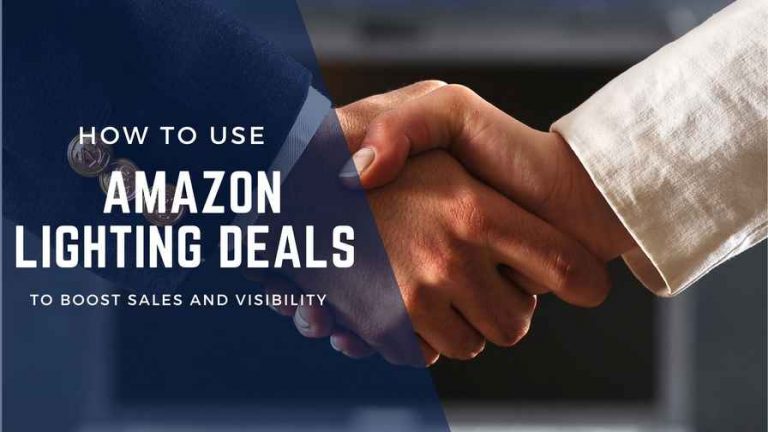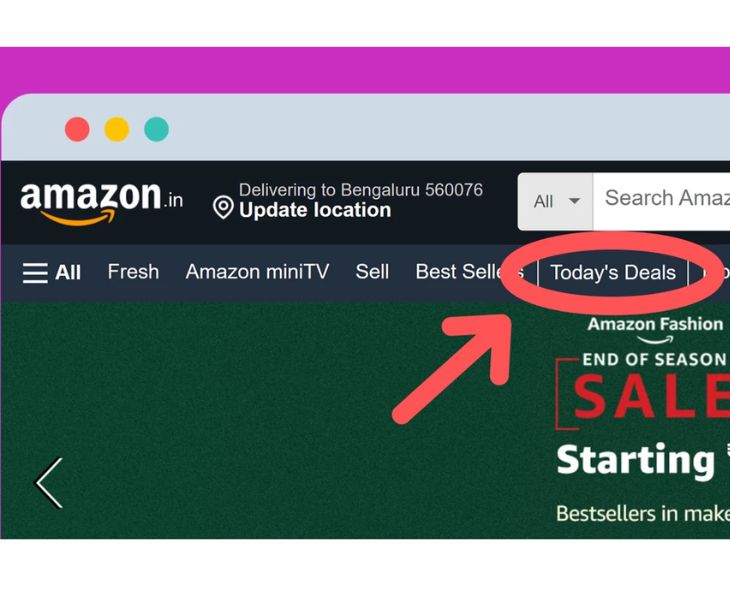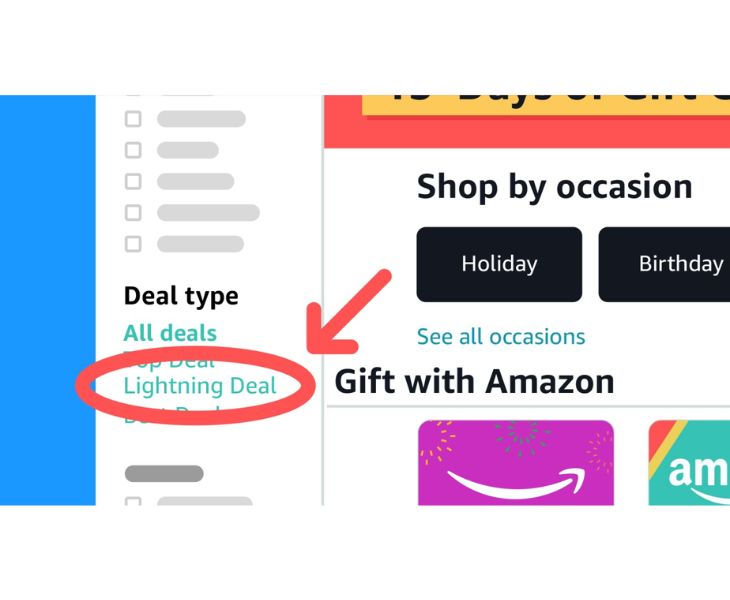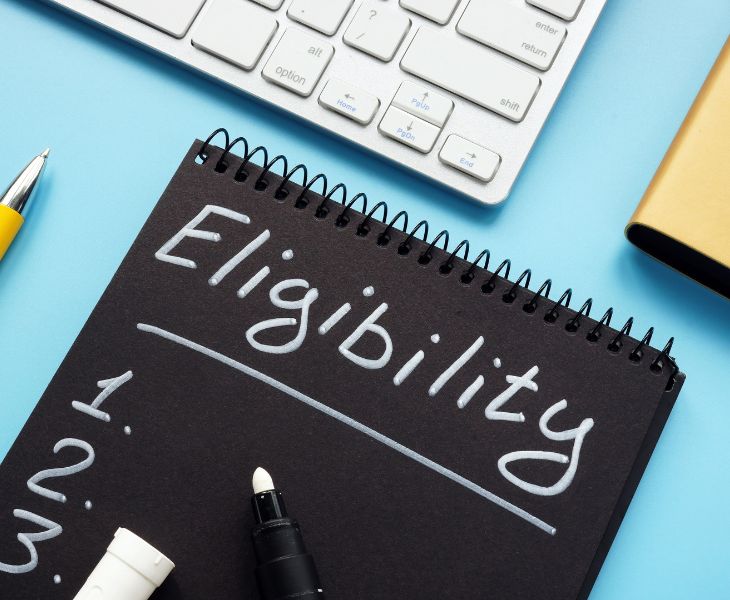Amazon Lightning Deals are a powerful tool for sellers to drive sales and increase product visibility. These time-sensitive promotions create a sense of urgency, attract buyers, and elevate your product’s exposure on Amazon. But to maximize the benefits, you need a strategic approach. This guide will walk you through everything you need to know about Lightning Deals, from eligibility to analyzing their success.
What Are Amazon Lightning Deals?
Definition and Examples
Amazon Lightning Deals are limited-time promotions that appear on the “Today’s Deals” page. Customers see discounted prices with a timer and a progress bar showing the percentage of the deal claimed, which creates urgency. For example, a 20% discount on a trending kitchen gadget during Diwali could result in a significant sales spike within a few hours.
Key Benefits
- Increased Visibility: Products featured in Lightning Deals receive prominent placement on Amazon’s high-traffic deals page.
- Boosted Sales Volume: The urgency and exposure drive impulse purchases and sales surges.
- Enhanced Brand Awareness: Even if buyers don’t purchase, they may discover and bookmark your product for future consideration.
Eligibility Criteria
Requirements for Sellers and Products
To be eligible for Amazon Lightning Deals, both sellers and their products need to meet certain criteria:
For Sellers
- Professional Seller Account: You must have a Professional Seller account on Amazon, not an Individual account.
- Good Performance Metrics: Your account should have strong performance, including:\n – Low cancellation rates.
- High customer ratings and positive reviews.
- Consistently meeting Amazon’s seller standards.
For Products
- Positive Reviews: The product must have a minimum number of reviews with a good average rating to ensure customer confidence.
- Sufficient Inventory: You need to have enough stock to meet the expected demand during the Lightning Deal. Running out of inventory can disqualify your deal.
- Amazon Compliance: Your product must adhere to Amazon’s policies, including category-specific rules and minimum discount requirements.
Common Reasons for Ineligibility
- Poor seller performance metrics.
- Insufficient inventory levels.
- Products with low customer ratings or limited reviews.
- Failure to meet Amazon’s minimum discount percentage requirements.
How to Plan Effective Lightning Deals
a. Selecting the Right Products
Choose products that are high in demand but competitive in their category. Seasonally relevant or trending. Suitable for bundling with other items for added value.
b. Setting the Discount Percentage
Offer an attractive discount that meets Amazon’s requirements while still protecting your profit margins. Aim for a balance between enticing buyers and maintaining profitability.
c. Choosing the Best Time Slots
Schedule your Lightning Deal during peak shopping periods like weekends, holidays, or major sales events (e.g., Prime Day, Black Friday). These time slots tend to generate higher traffic and sales.
Best Practices for Success
a. Enhancing Product Listings for Visibility
Ensure your product listing is optimized with:\n- High-quality images that showcase your product’s features.\n- Compelling titles and bullet points highlighting key benefits.\n- A well-written product description that includes relevant keywords.
b. Managing Inventory Levels for Deal Demand
Stock up adequately to avoid running out of inventory during the deal period. Running out of stock can lead to lost sales and a poor customer experience.
c. Creating Urgency with Marketing
Promote your Lightning Deal through email campaigns, social media, and Amazon ads to drive traffic. Use language that emphasizes urgency, such as “Limited Time Only!” or “Hurry, While Supplies Last!”
How to Analyze and Measure Success
a. Tracking Sales Uplift
Compare your sales volume during the Lightning Deal to your typical sales to determine the uplift. This helps you measure the immediate impact.
b. Monitoring CTR and Conversion Rates
Evaluate click-through rates (CTR) and conversion rates to assess how effectively your deal attracted and converted buyers.
c. Using Insights for Future Deals
Analyze data from your Lightning Deal to refine future promotions. Identify what worked, what didn’t, and how you can improve your strategy.
Conclusion
Amazon Lightning Deals are a powerful promotional tool for boosting sales and increasing product visibility. By selecting the right products, offering attractive discounts, and planning strategically, you can make the most of these time-sensitive promotions.
Don’t forget to optimize your listings, manage your inventory, and create a sense of urgency to maximize success. After the deal, analyze the results to fine-tune your strategy for future deals.
Ready to give your sales a lightning-fast boost? Start planning your next Amazon Lightning Deal today! Let us know in the comments if you’ve used Lightning Deals and what strategies worked best for you.










One Response
Sir , very good information and good innovative new sellers.
Thank you !